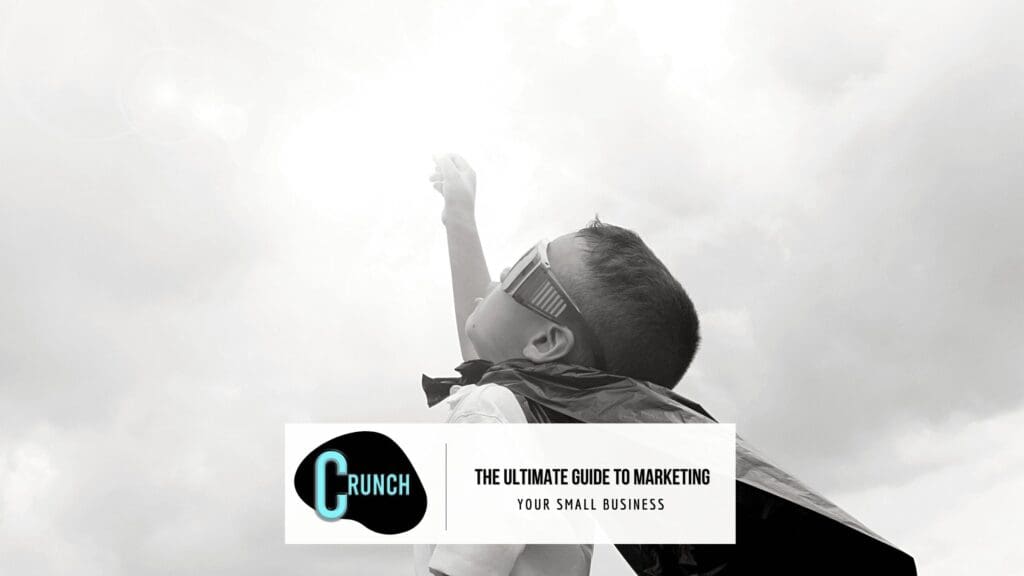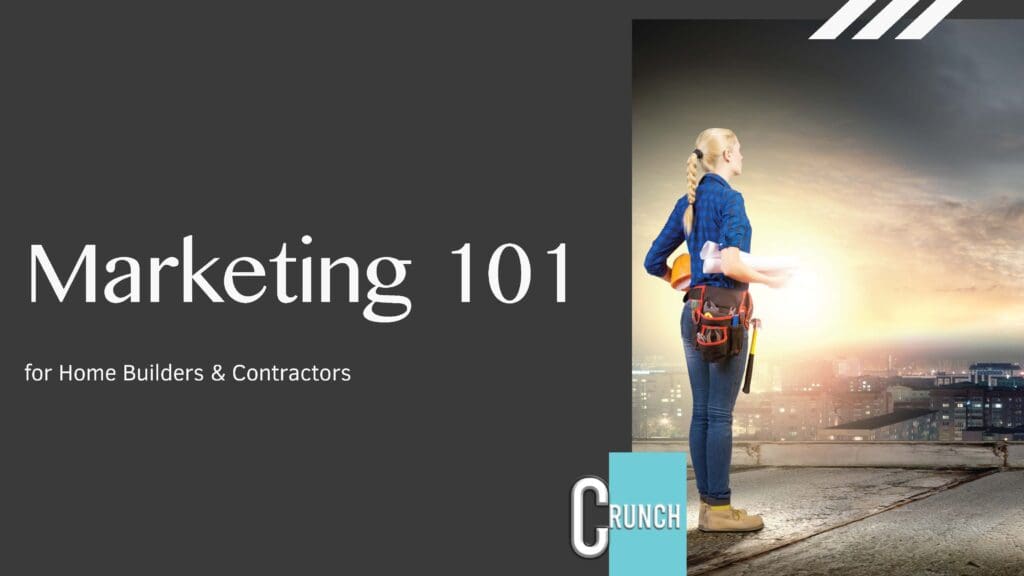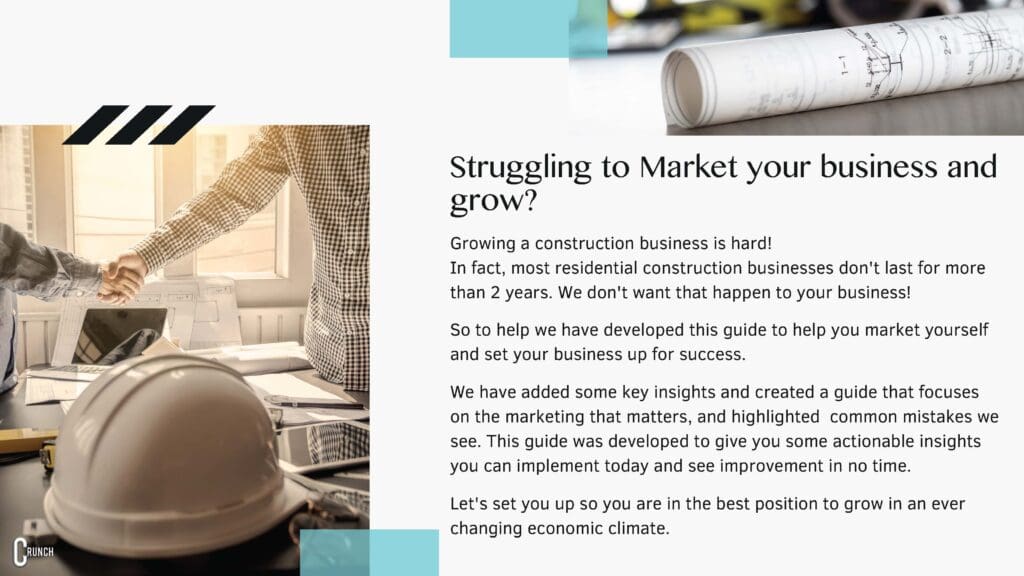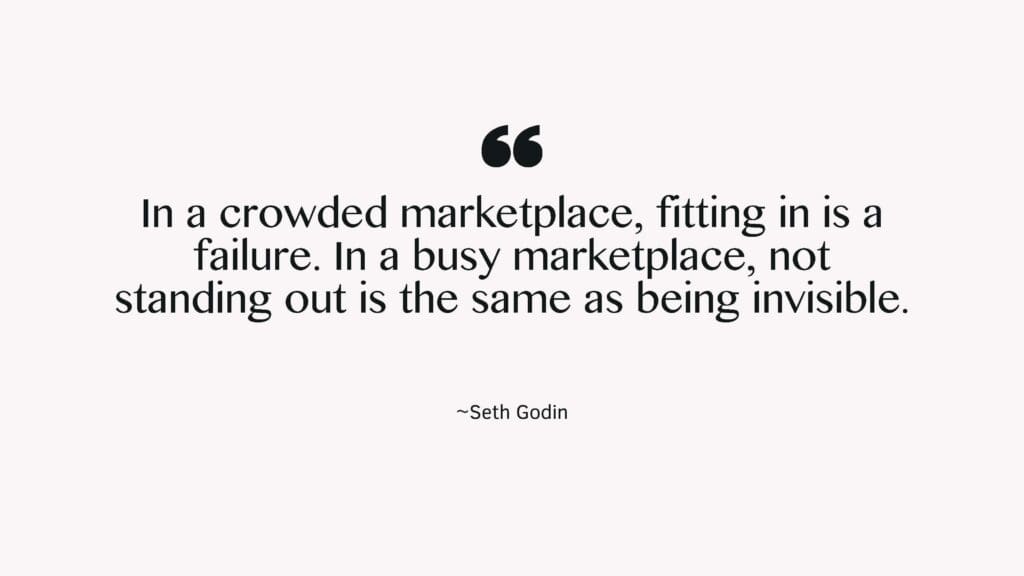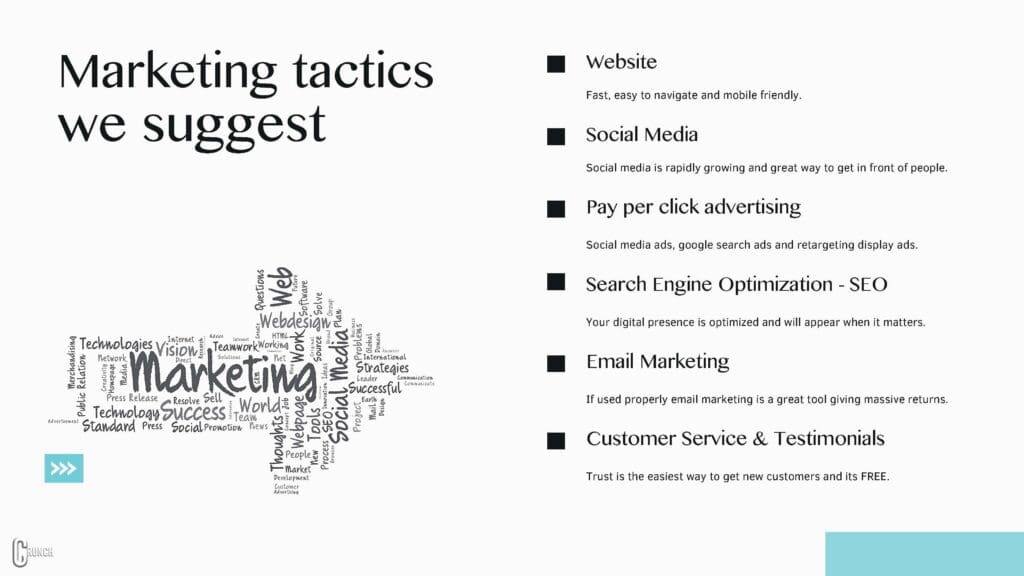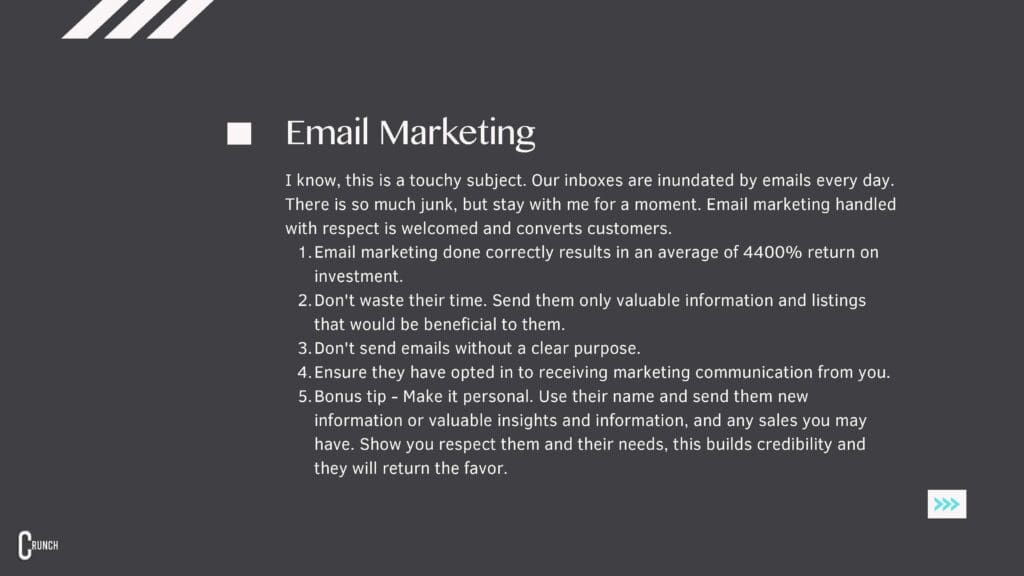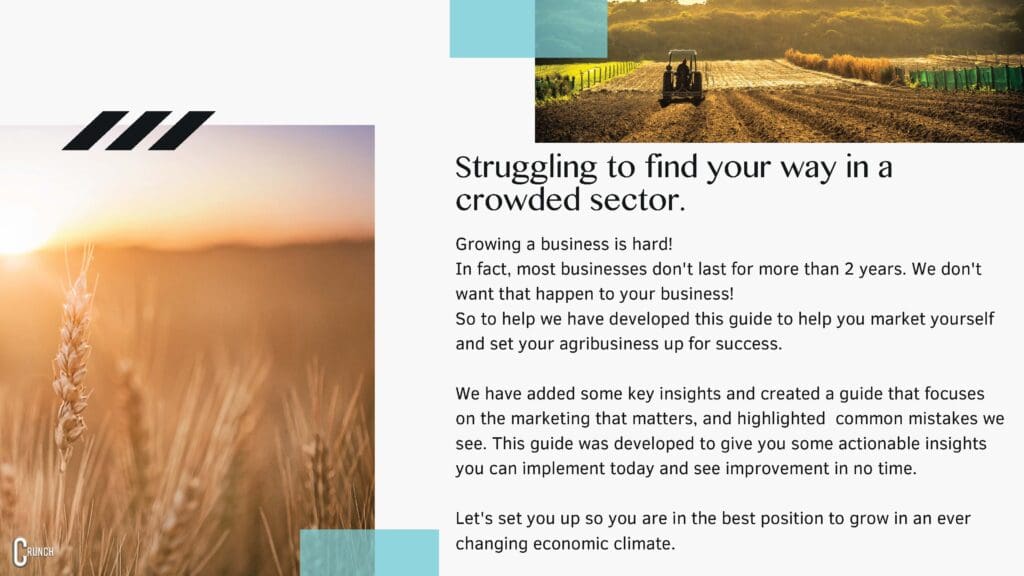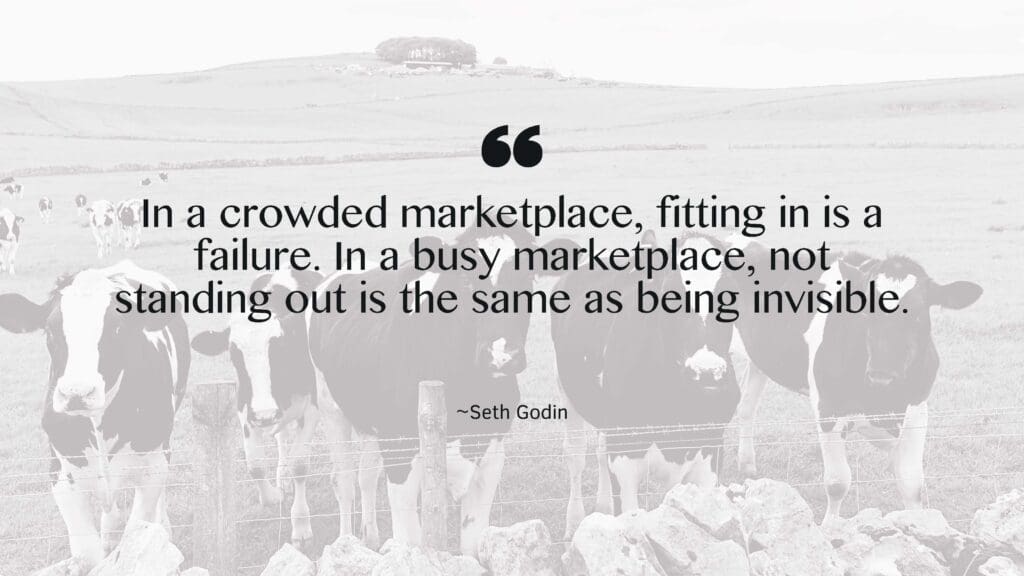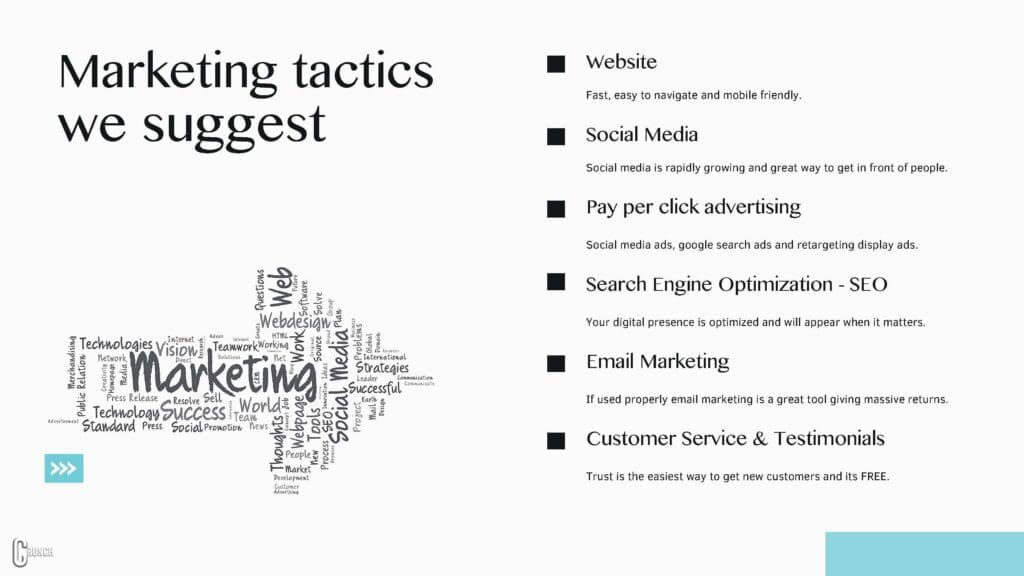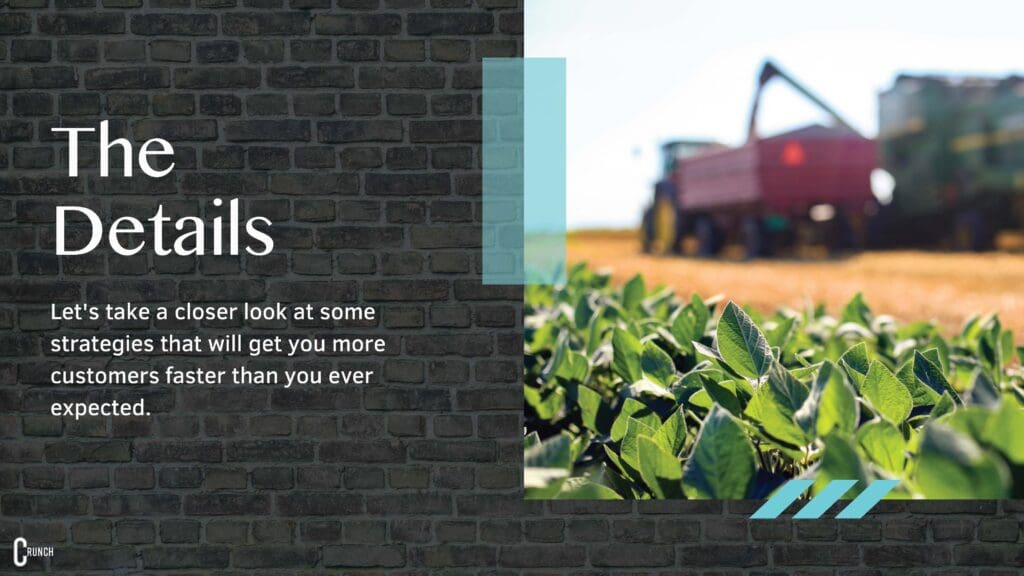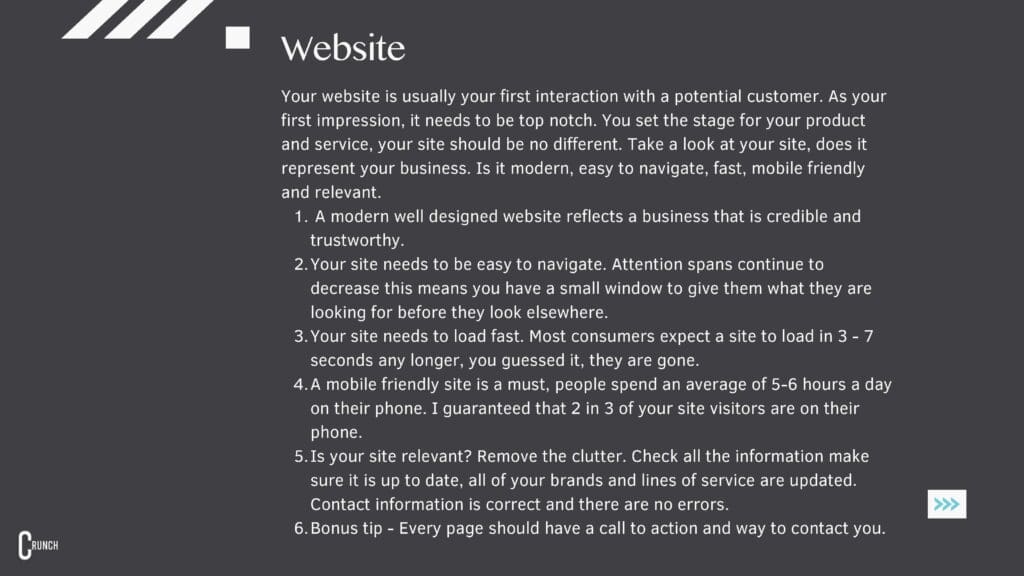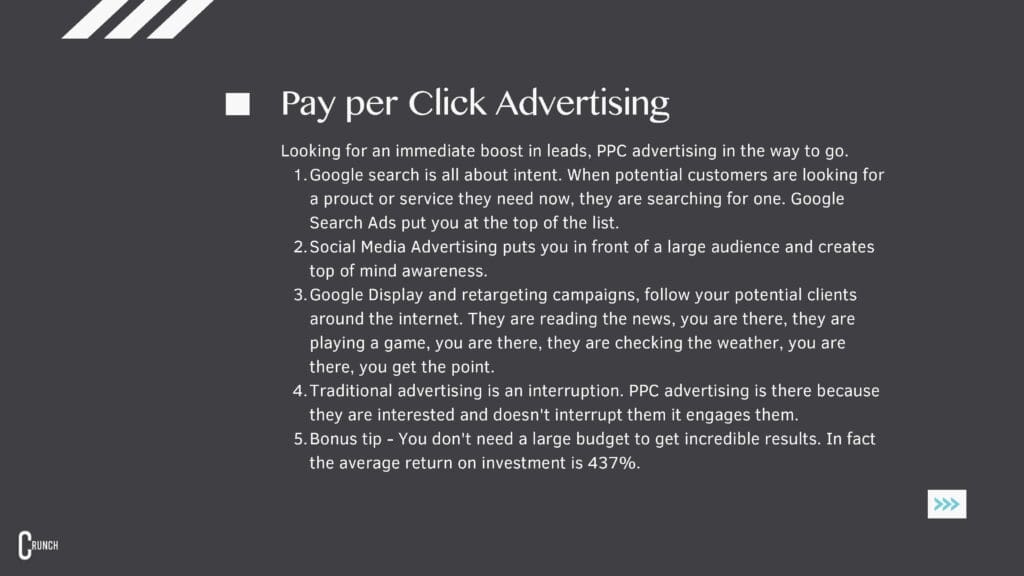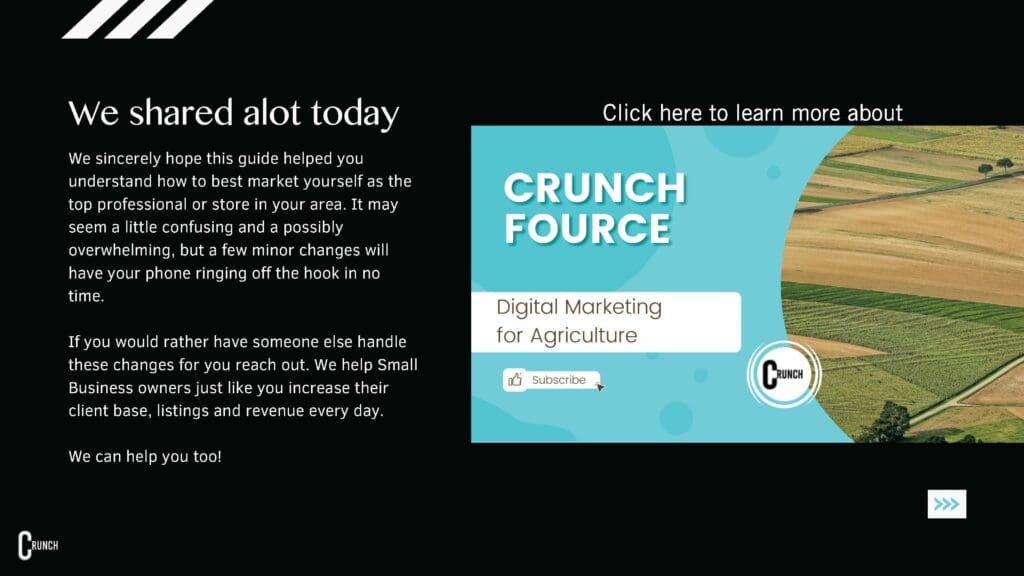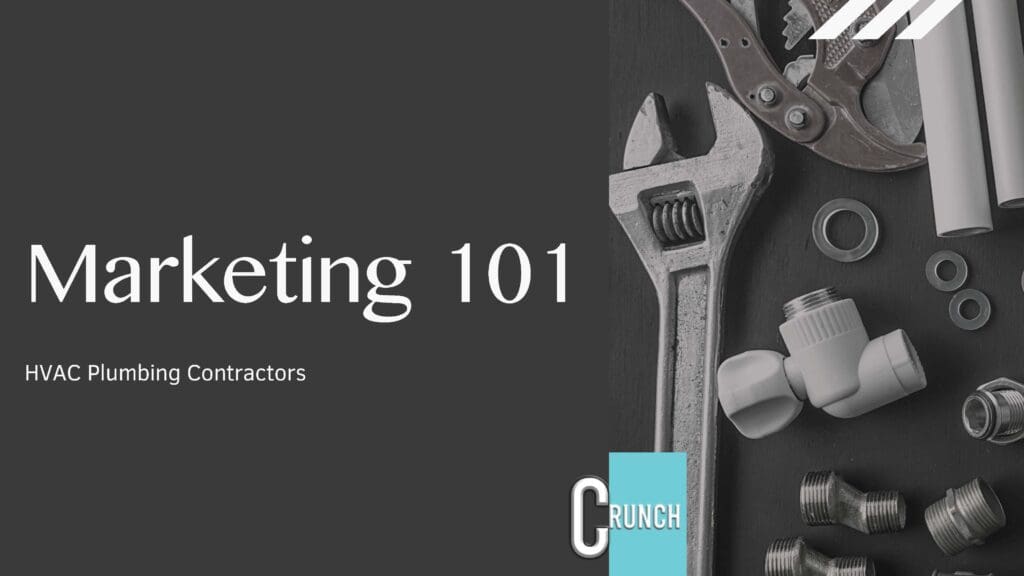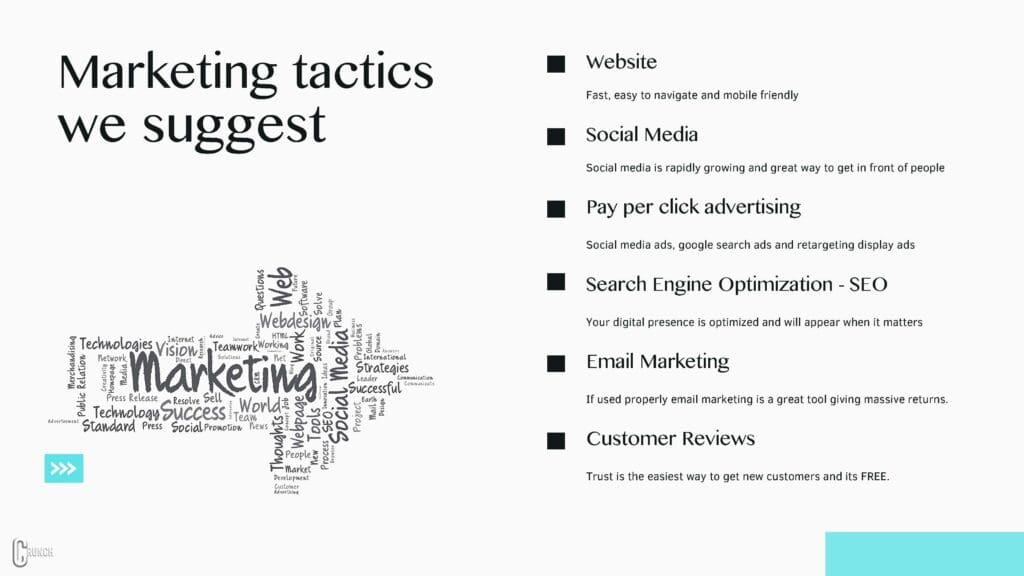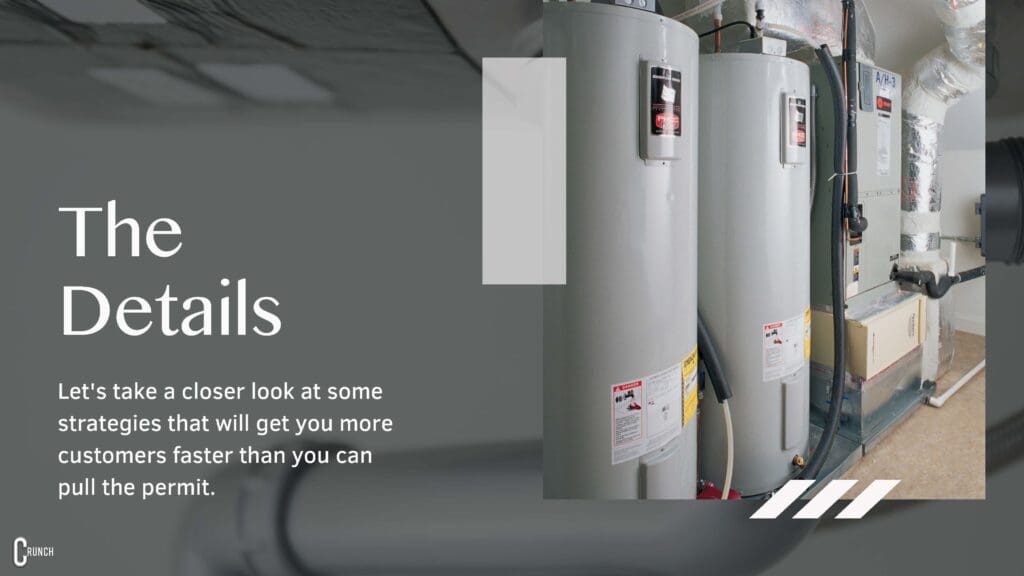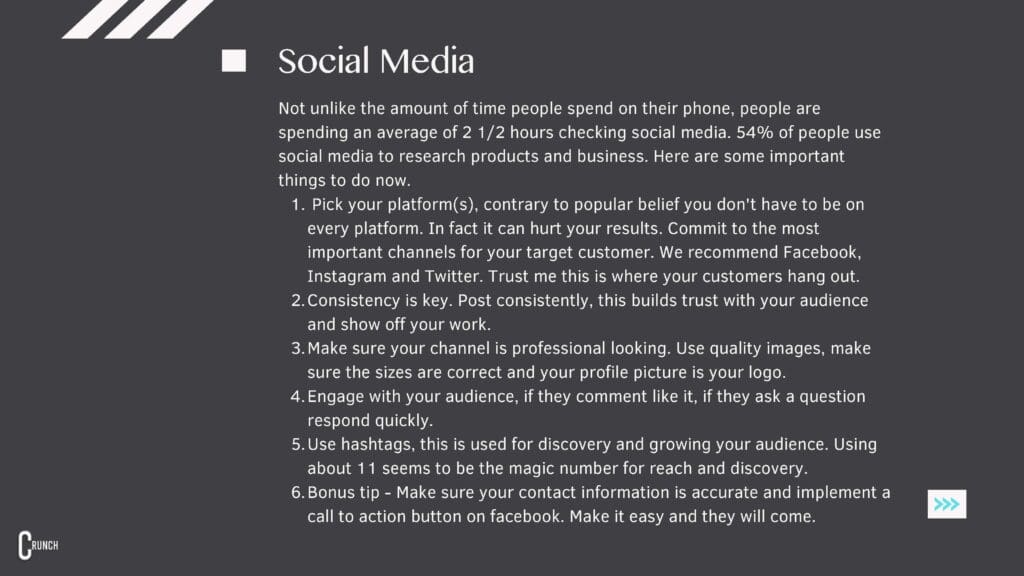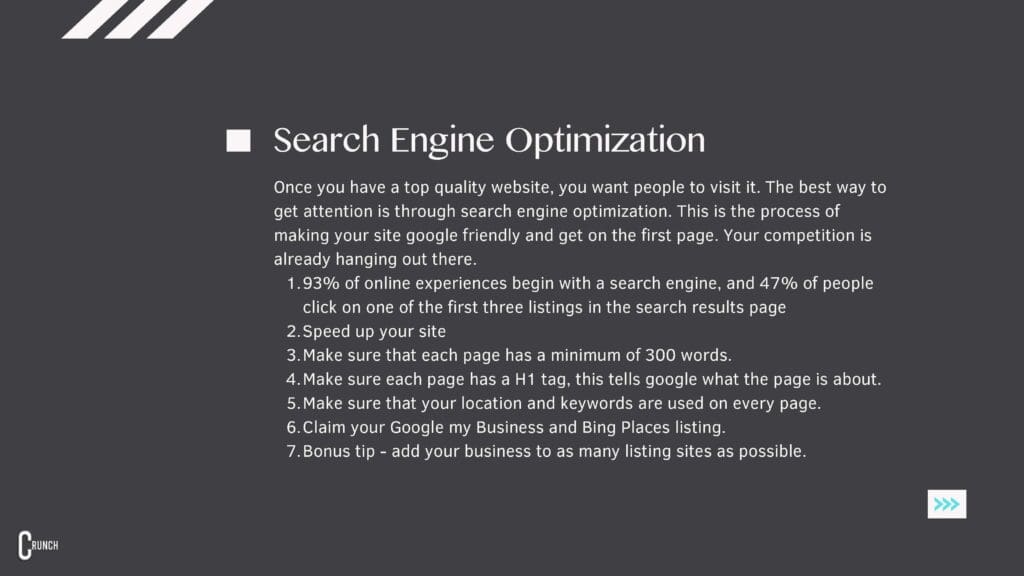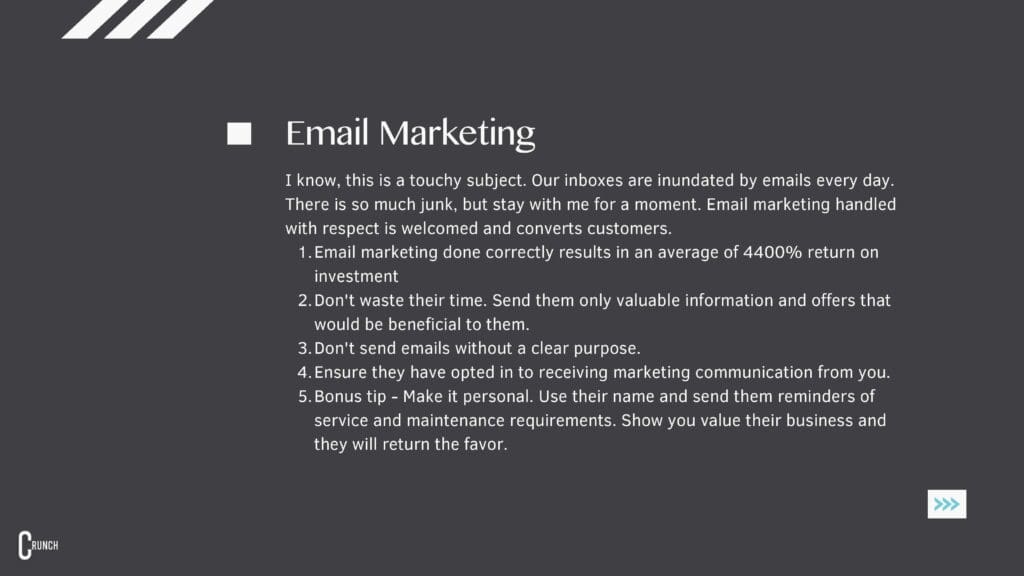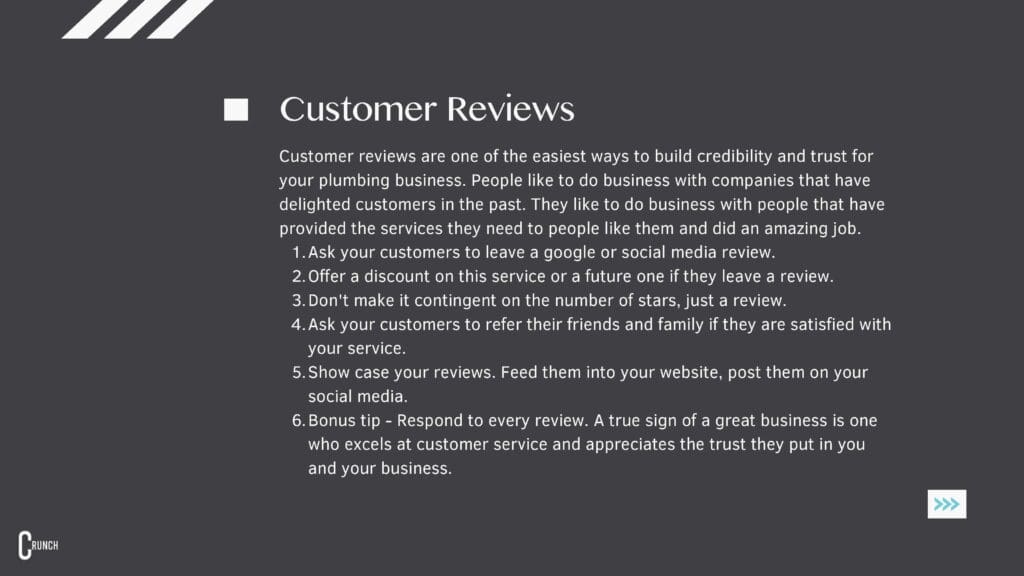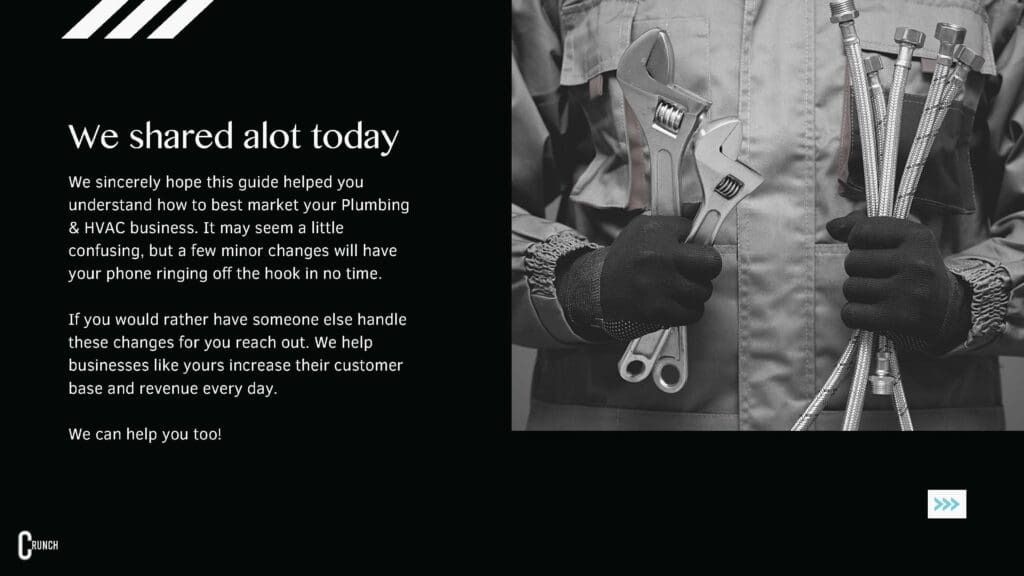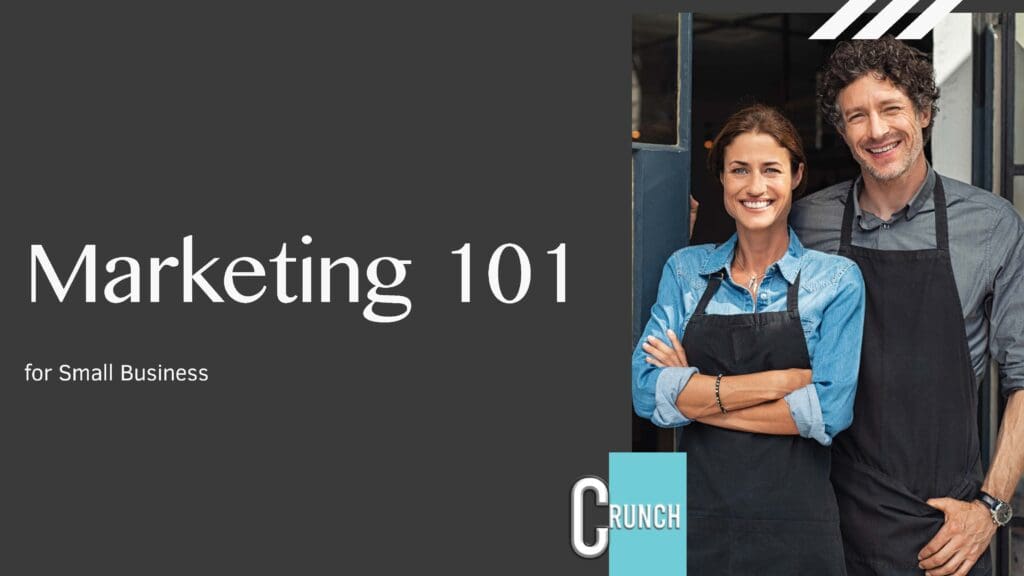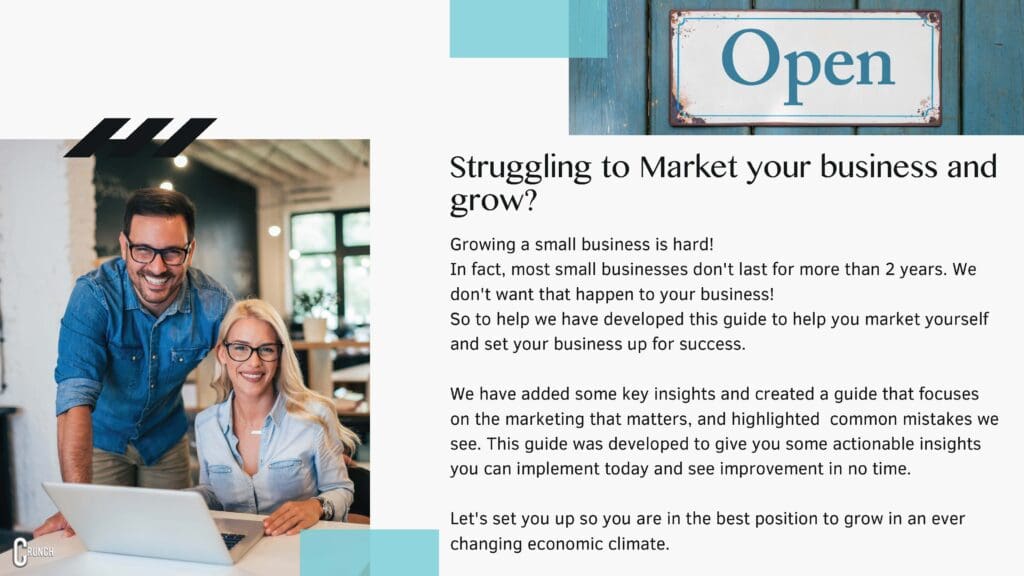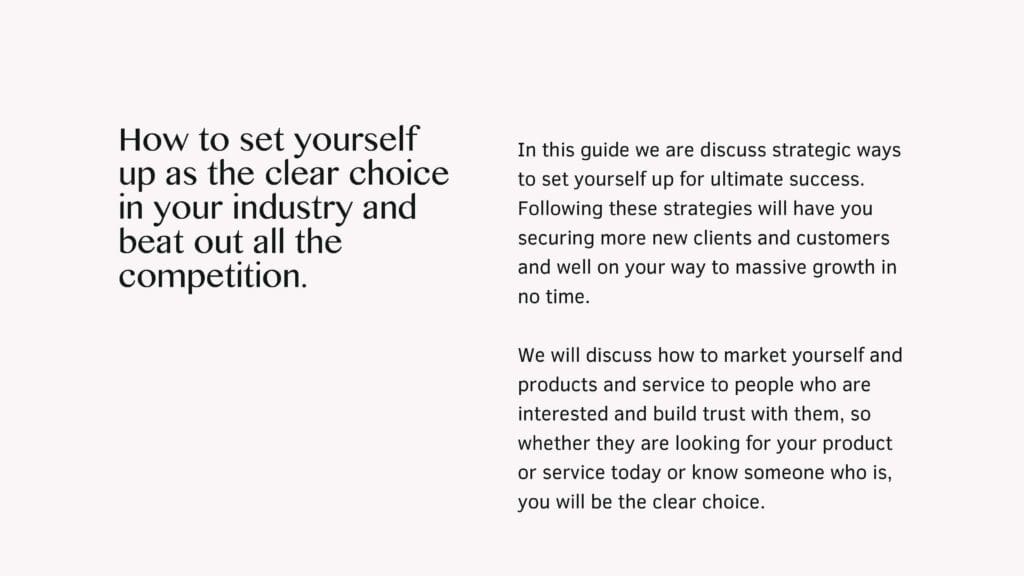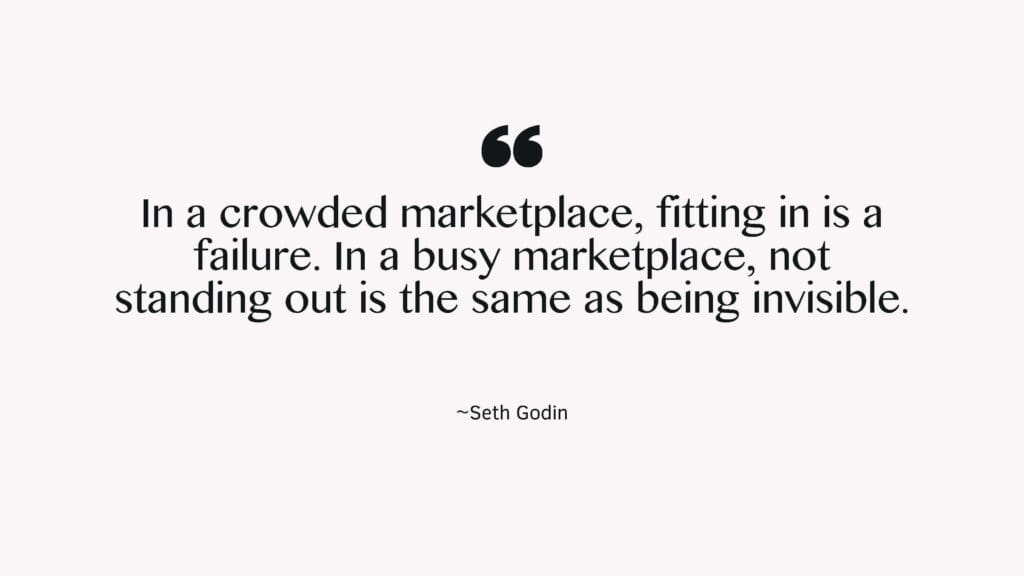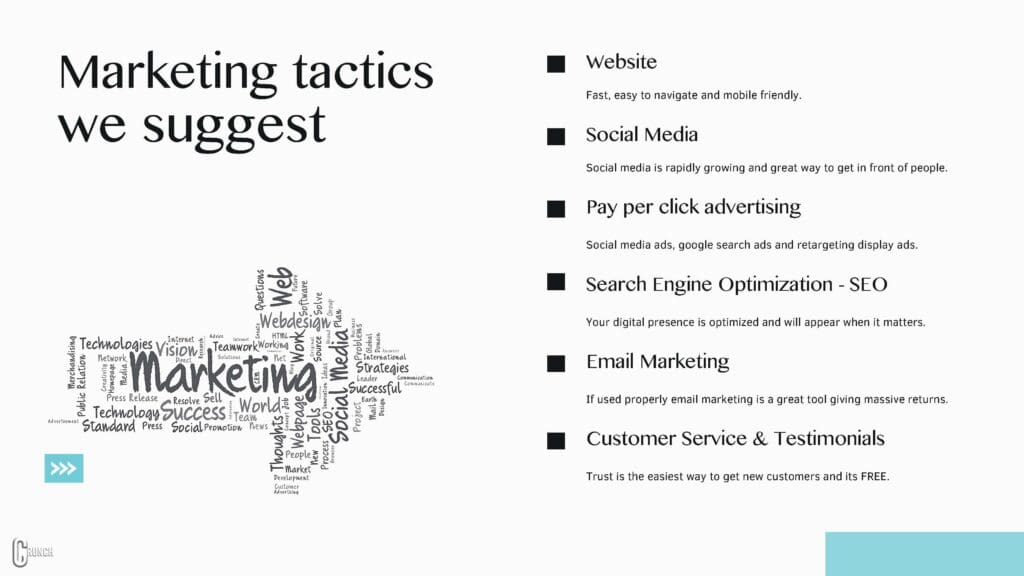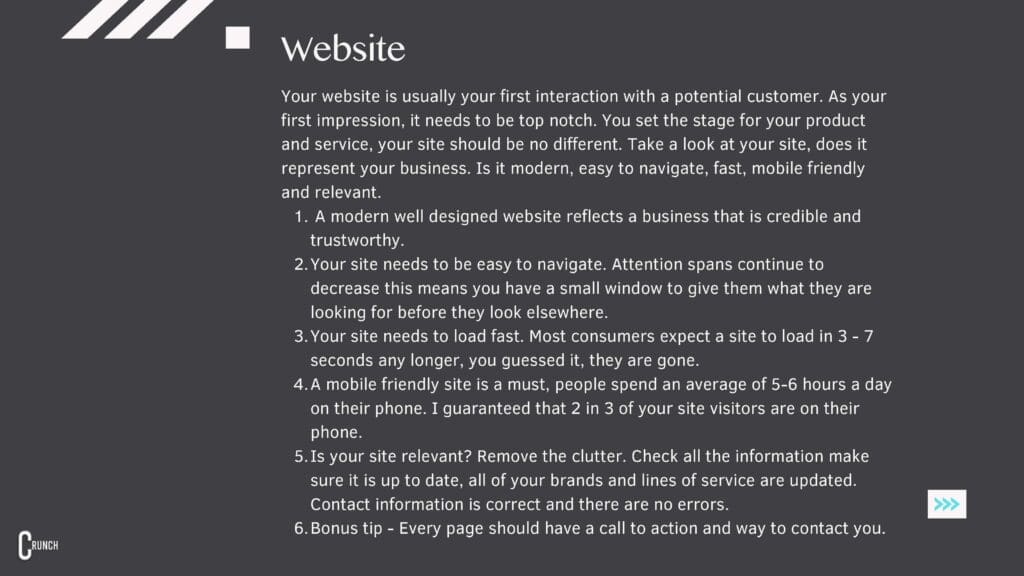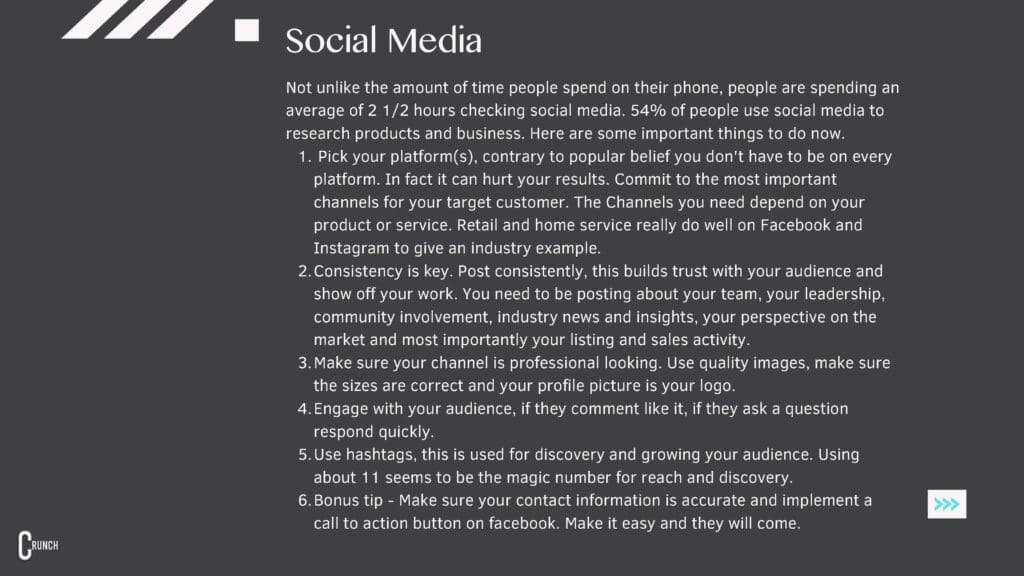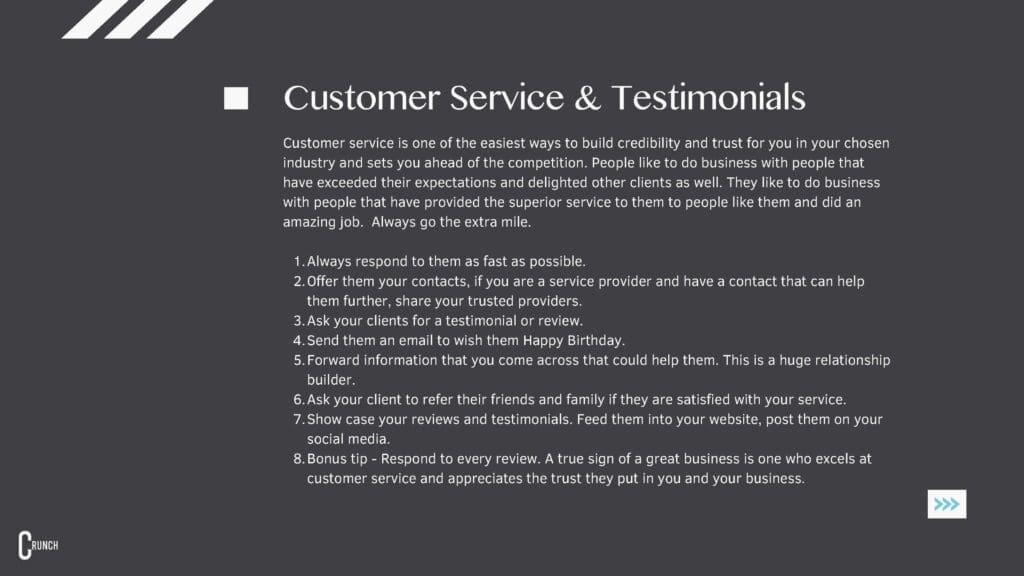Marketing a small business can be an overwhelming task. From setting goals, to creating your content strategy and even deciding what channels to use, there is a lot to consider. In this guide, we’ll go over everything you need to know about marketing your small business so that you have a better understanding of how to market successfully.
Everything starts with a plan…
Create a marketing plan
Before you begin to market, it’s important to develop a marketing plan. A marketing plan is like a roadmap for your small business and helps you stay on track as you move forward. A well-defined plan will help ensure that the strategies used are effective in achieving the goals they set out to accomplish.
A good place to start when creating your own marketing strategy is with your goals. When setting these, make sure they are SMART—specific, measurable, actionable, relevant and time-bound (or deadline driven). If possible choose three main objectives, this will help making achieving your goals easier, they will build the foundation for your plan and your goals. Some examples could be:
- Product sales/services that can be measured by revenue growth or increase in number of customers served
- Increase brand awareness through increased media coverage or social media engagement
- Increase customer lifetime value by offering them incentives such as free shipping or discounts on future purchases
Define your goals
As you can see, I’ve already set up a lot of ground work. Now it’s time to get into the nitty-gritty of setting goals!
The first thing you should do is define your goals and get them down in writing. When we talk about goals, it helps to use SMART as a framework:
- Specific: The more specific your goal is, the better you can track its progress. “More customers” isn’t very useful—how many customers? What kind? How do they find out about what you offer? Instead, write down exactly how many new clients will come through the door every month by December 31st. The same goes for revenue or anything else that matters to your business or brand as an end result (more product sales equal more money).
- Measurable: If there are no numbers attached to a goal then how will anyone know when it has been accomplished? It doesn’t matter if something is important if nobody knows whether or not it’s happening!
- Attainable: You don’t want impossible things hanging over your head so try proposing something that makes sense given where your company currently stands in relation with market trends and growth opportunities available now vs later on down the road; otherwise this could lead people feeling anxious instead of motivating them. We need to feel encouraged about achieving what needs done each day at work because we know exactly why we are doing something… which leads us right back onto our next point…
- Relevant: Your goal needs to be relevant to the overall objectives of the business. It is human nature to get distracted by shiny object syndrome. Staying focused on our objectives develop relevant goals that will help you achieve those objectives. If your objective is to increase profits by 200%, setting a goal to invest in new machinery and other capital purchases during the year is irrelevant when compared to our objectives.
- Time Bound – Your goal needs to have a defined time period. If you leave this open ended you eliminate all sense of urgency. Imagine setting a goal and saying ok, we will achieve this whenever we get around to it. I guarantee this goal will never be achieved, you have eliminated to most import part of the goal, the end point.
Identify your target audience
Your audience is a crucial part of your business, and if you can’t identify who they are, you won’t be able to create content that sells.
The first step is to define the customer’s needs. Once you understand what problems your audience wants solved and/or what they need from your product or service, it becomes easier to develop content that addresses these needs directly—and provide them with solutions.
It’s not just about creating great content though; knowing how customers want to consume information will help shape how much time and effort goes into developing those pieces of content in the first place. This requires understanding the buying process—from the moment someone finds out about a product through the buying decision itself. It is very helpful to create a customer journey. Start with the first time they are exposed to your brand and end with them as a leaving a review about how incredible your business is.
Choose your channels
Now that you’ve gotten to know your audience, it’s time to advertise. There are plenty of ways to do this—you just need to figure out which one is best for your business.
- Advertising on social media: If people talk about you on Facebook and Twitter, then those conversations could be worth paying for. Social media is best for awareness.
- Advertising on search engines: People looking for something specific online are likely potential customers, so if they’re searching for what you offer it’s worth paying Google or Bing to show up there first. Google is the channel of intent, they are googling it because they need it!
- The easiest way to pick where you should be is to go back to your audience, where are they, where do they spend their time, how do they like to make purchases. The answers here will lead you to the perfect channels for your business.
Create a budget
Marketing your small business is going to require some money, so let’s create a budget. A budget is a plan for spending, so be sure to consider all costs when creating one. You’ll need to weigh what you can afford against what you need, as well as how much time and effort each marketing activity will take.
Here are some things that should be considered in your budget:
- Your marketing goals and objectives
- The cost of these activities or services (for example, buying ads)
- The resources you’ll have available (either yourself or others) to carry out the activities or services
Once you’ve assembled this information, it’s time to create your actual budget document! To do so effectively:
- Write down the plan and the implementation schedule
- Determine what the most effective ad spend will be
- Consider any software costs you may need to incur
- Remember to keep this budget as easy to manage and that it returns a positive ROI
- If you need a hand determining what is best, we have a few calculators on our website that will help. Calculate your ideal ROI
- Once you stat marketing, DO NOT stop, it may seem easy to solve financial troubles by cancelling your marketing. This is a terrible idea, the best way to solve money issues is to sell more. So before cancelling, optimize your efforts, Remember just because it worked once does not mean it works for ever.
- Marketing can be divided into two sections the short game and the long game. You need both.
Set benchmarks for success
Before you start on any marketing campaign, it’s important to define your goals. You might want to increase sales or lower the cost of customer acquisition. Whatever your goal is, you need benchmarks for success—things that will help you measure whether your efforts are working.
The best way to do this is by setting quantitative and qualitative benchmarks that connect directly with your overall goal. Quantitative benchmarks include things like revenue growth, number of new customers and total revenue per month. Qualitative benchmarks can be things like brand awareness, customer satisfaction scores and overall happiness with the service provided by your company (or an employee).
Optimize your website
Your website is your virtual storefront, and it should be the first-place people go when they want to learn more about you or your products. To ensure that your site’s design is easy on the eyes, find a content management system (CMS) like WordPress and use it as a platform for creating website content. You can then create different pages that serve different purposes:
- Homepage – this is usually where most visitors will land first, so it should contain an overview of who you are and what you do
- About page – this should give visitors an idea about who runs the business, what inspired them to start their business in the first place, etc.
- Contact page(s) – make sure to have at least one contact form here where visitors can submit their requests/questions/comments directly through email or other channels
Once these pages are created, it’s time to optimize them so they rank high in search engine results pages (SERPs). The best way to do this is by using keywords throughout each piece of content on those individual pages! This includes headlines, headings within blog posts or articles published regularly on social media channels such as Facebook News Feeds; Twitter Feeds; LinkedIn Profiles; Instagram Posts; Pinterest Boards etcetera (phew!).
Run a blog
Blogging is a great way to build your brand, attract new customers, provide valuable content and improve your search engine rankings.
Here are some tips for creating a successful blog:
- Keep it short. Posts should be short (200-400 words) and sweet. Your readers will thank you for it! We are a terrible example of this, we want you to learn, sometimes that takes more words!
- Make it personal. When you write about something that’s important to you, people feel like they have a connection with you and trust what you say more than if they had no idea where the information was coming from. So, talk about stuff that matters to YOU—your passions, interests or expertise—and include lots of personal anecdotes from your own life in order to connect with others who feel similar ways about those topics as well. It is important to form relationships with your audience, that results in the most important part – building trust!
Optimize for local search
Local search is the process of optimizing your digital spaces for search engines that provide local results. Local search can be a great way to generate leads, especially if you are in a niche market or have a physical location where customers can see your company name and address.
When you optimize for local search, it means that when someone searches for something relevant to your business (for example “gift baskets”), they will see links from businesses like yours at the top of their search results. This helps them find what they are looking for quickly and easily! Make sure you have a Google My Business, Bing Places and you have included your address on all your social media pages.
Use social media
Social media is the perfect way to get your brand in front of potential customers. It’s a great way to build your brand and create customer loyalty, too. Social media can be used to generate leads and convert them into customers.
Use social media to create a community around your brand. Your customers will feel more invested in your company and more likely to buy from you when they feel like part of an exclusive group. Encourage people to post about products or services that have helped them solve a problem or made their lives easier (this is called user-generated content). Promote offers with Facebook ads, Twitter Promoted Tweets, Instagram Stories and more.
Ask for referrals and reviews from customers
Ask for referrals. The best way to build your customer base is by asking for referrals. When someone has a great experience with you, they’ll be more likely to refer others to your business.
Ask customers how they liked the product or service—and then listen! This will help you learn what worked, what didn’t work and what you can improve upon in the future. Then do something about it!
Keep track of all the reviews you receive on third-party review sites like Google or Yelp so that when potential clients are researching your business online, they see not only positive feedback but also any negative comments (which should be addressed ASAP).
Host an event or workshop
One of the best ways to get your name out there is by hosting an event or workshop. This can be a great way to build your brand and get exposure, while also helping you meet new people in your industry.
In terms of how much time and money it takes, hosting an event is really up to you. You could host a small workshop at a local café or even just invite some friends over for dinner and talk about the latest business strategy news (get creative!). You could also do something bigger like opening up your studio space for another artist’s work with a panel discussion afterwards. Or maybe you want to host an open house showcasing all the different things that are available in your store as well as providing food and drinks for guests? The possibilities are endless!
Leverage partnerships to increase brand awareness and lead generation
One of the best ways to increase your brand awareness and generate leads is through partnerships. You partner with a company or organization that shares your values and has similar goals, and then you work together to reach these goals. This could be an organization that provides services for your target audience (such as a local non-profit), or it could simply be another business in the same industry. An example would be an Esthetician partnering with a gym, or tanning business. A HVAC business partnering with an Electrician.
Partnerships help build trust between brands, which translates into more sales when customers are more confident about your brand’s reputation. When you align yourself with others who have similar goals and values, it makes sense that they’ll be more likely to trust you because they share common interests with you. They will also feel like they’re part of something bigger than themselves—and this can lead them to trust the products or services offered by both companies involved in the partnership!
When choosing partners: Look for organizations that have similar interests as yours; if possible, find ones where there’s already some overlap between their customer base/audience demographics and yours
Marketing a small business doesn’t have to be expensive or complicated.
As a small business owner, you have the freedom to do things differently. You can choose your own marketing strategy, one that aligns with your goals and objectives.
Marketing a small business doesn’t have to be expensive or complicated. A solid marketing plan will help you establish a budget, find your target audience and choose the right channels for reaching them. Once you’ve done that, it’s time to optimize your website for conversions and run a blog that will drive targeted traffic back to your site through social media sharing. Finally, optimize for local search by creating an account with Google My Business so people can easily find out more about what makes your business unique (and helpful) in their area.
Now that you have a better understanding of how to market your small business, we hope you’re ready to get out there and start doing it. Marketing is an ongoing process and there are always new opportunities for improvement. But by following these steps and doing the work consistently, you can develop a marketing strategy that works best for your company. And remember, the most important part is to have fun with it!
If you feel like you may not have the time, don’t worry, we can help! We help businesses just like yours achieve their goals and objectives every day! Reach out you could be next!

